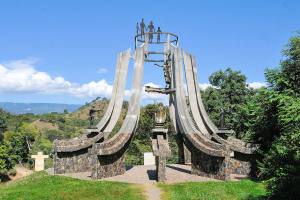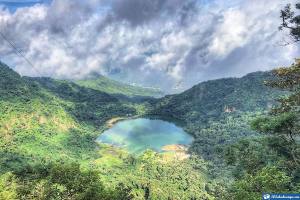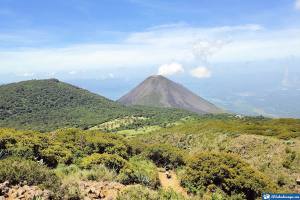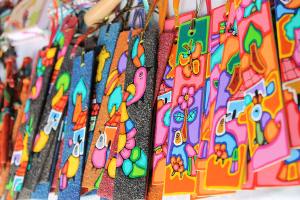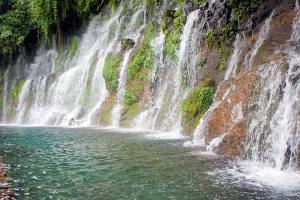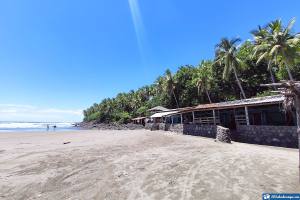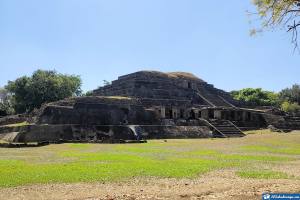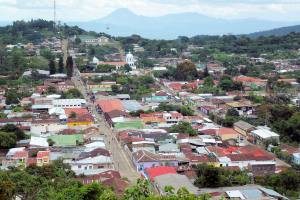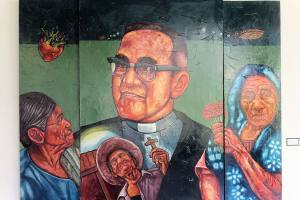It doesn’t matter how big or small a country is; it can find wonders. And this is one of the most defining characteristics of El Salvador, which with its routes, shows everyone its incredible wealth. An example is the Ruta Fresca, with its natural attractions, climate, and exquisite gastronomy.
The Ruta Fresca will take you to feel all the clouds on a tour that covers three municipalities. Starting with the city of La Palma, San Ignacio, and Citalá, with an almost obligatory invitation to visit La Reina. A town with great attractions that you can not miss.

RUTA FRESCA OF EL SALVADOR - Routes of El Salvador. Photo by ElSalvadorViajar.
Do you want to know what attractions you will find in the Ruta Fresca, where it is, or what activities you can do? Come and find out below.
What to see and do in the Ruta Fresca of El Salvador
The Ruta Fresca can be defined as a tour through the mountains to the most outstanding towns of the Department of Chalatenango. Each of these is shown with unique beauty, but the best thing is that you can see sunrises and sunsets full of magic.
Lodging and food is the least important thing because, in each place, you can find what you need to make your visit unforgettable. Without further ado, come and discover the things you can see and do in the Ruta Fresca of El Salvador.
La Palma
We begin the Ruta Fresca in the municipality of La Palma, north of Chalatenango and just over 80 km from the capital of El Salvador. Geographically it has an extension of almost 132 km2, close to San Ignacio, Citalá, La Reina, and Honduras.
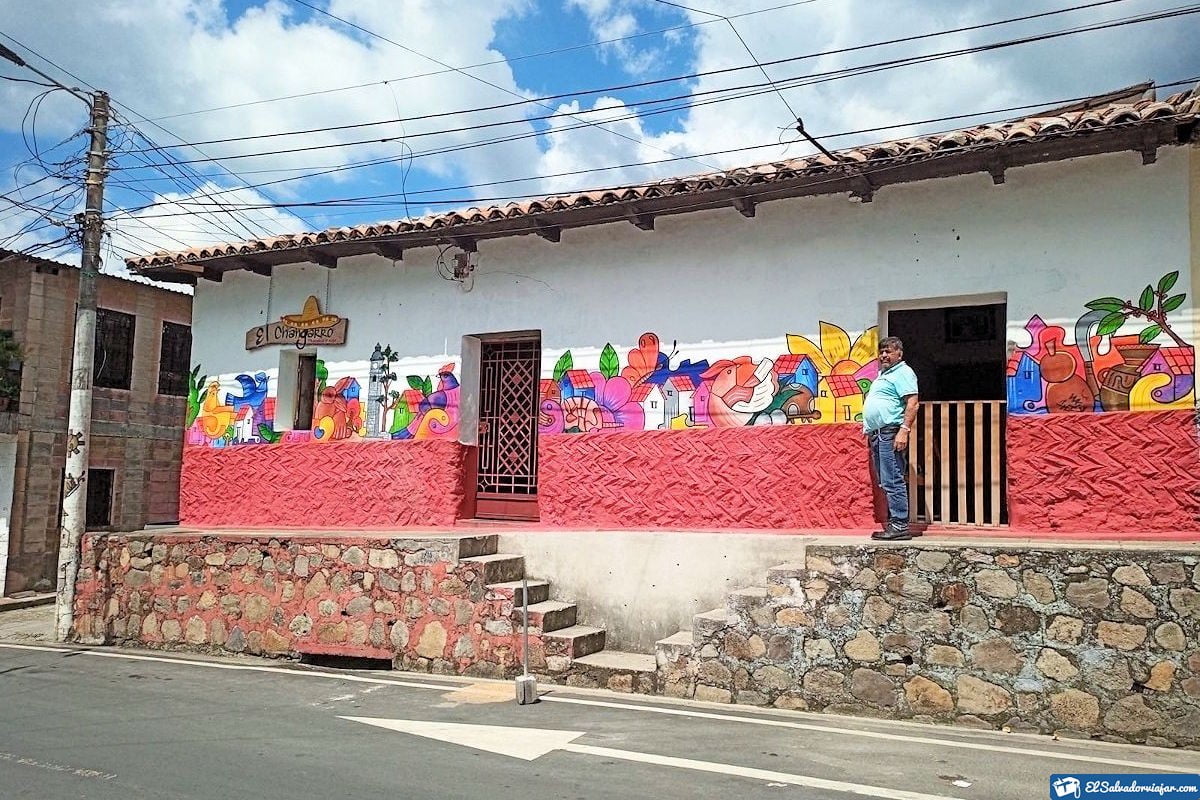
It has one of the most incredible mountain views of El Salvador, so it is widespread for its climate to drop below 18°C. As part of its celebrations and patron saint festivities, the Festivity of the Virgin Mary, which takes place between February 13 and 21, stands out.
On the other hand, it has an unprecedented historical and cultural richness since it was where the Peace Accords took place. In addition, its crafts and notable characters have left La Palma an inexhaustible legacy.
Fernando Llort, an artist to whom the museum of the municipality, murals, and more have been dedicated, stands out, so when you walk through its streets, you can enjoy colorful works of art on the facades of the houses, a handicraft square and a natural reserve full of life and biodiversity.
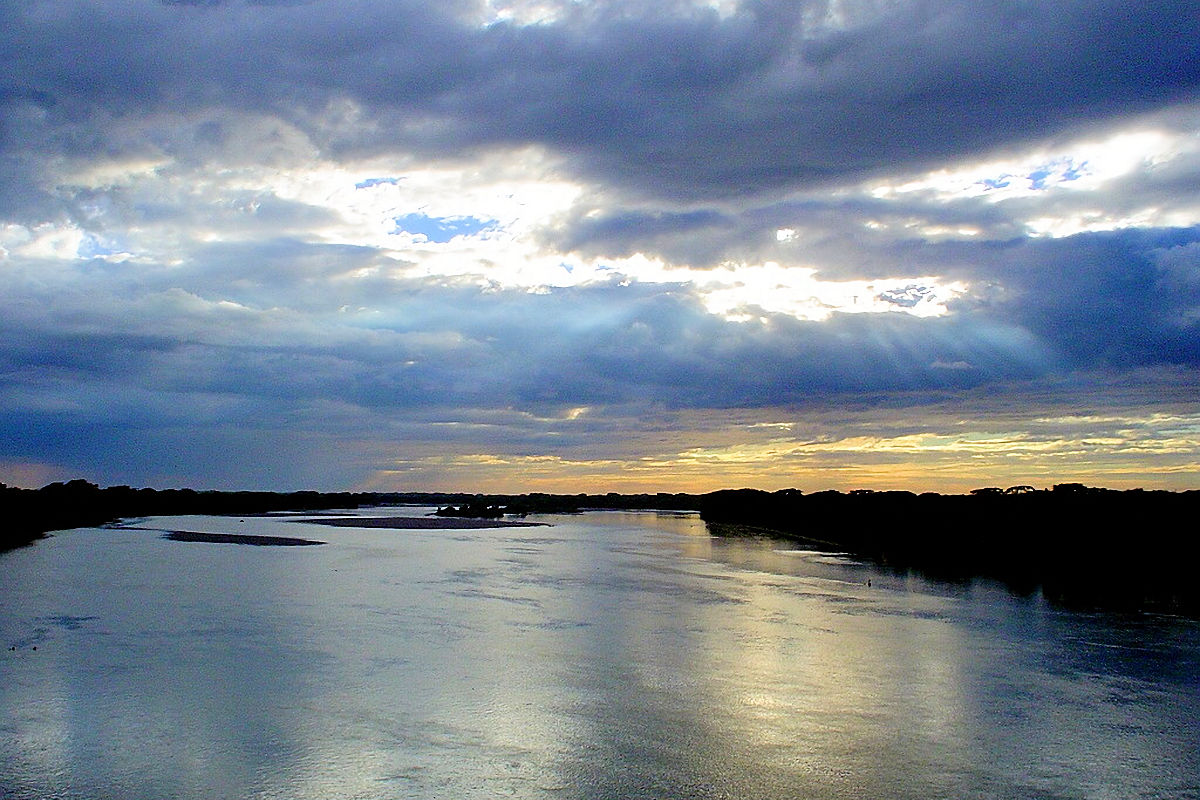
In La Palma, you can do ecotourism in all its splendor. Hiking, walking through its forests, visit its incredible waterfalls. These are in the Nunuapa River, which emerges from the union of the Talquezalar and Las Cuevas rivers until it flows into the Lempa River.
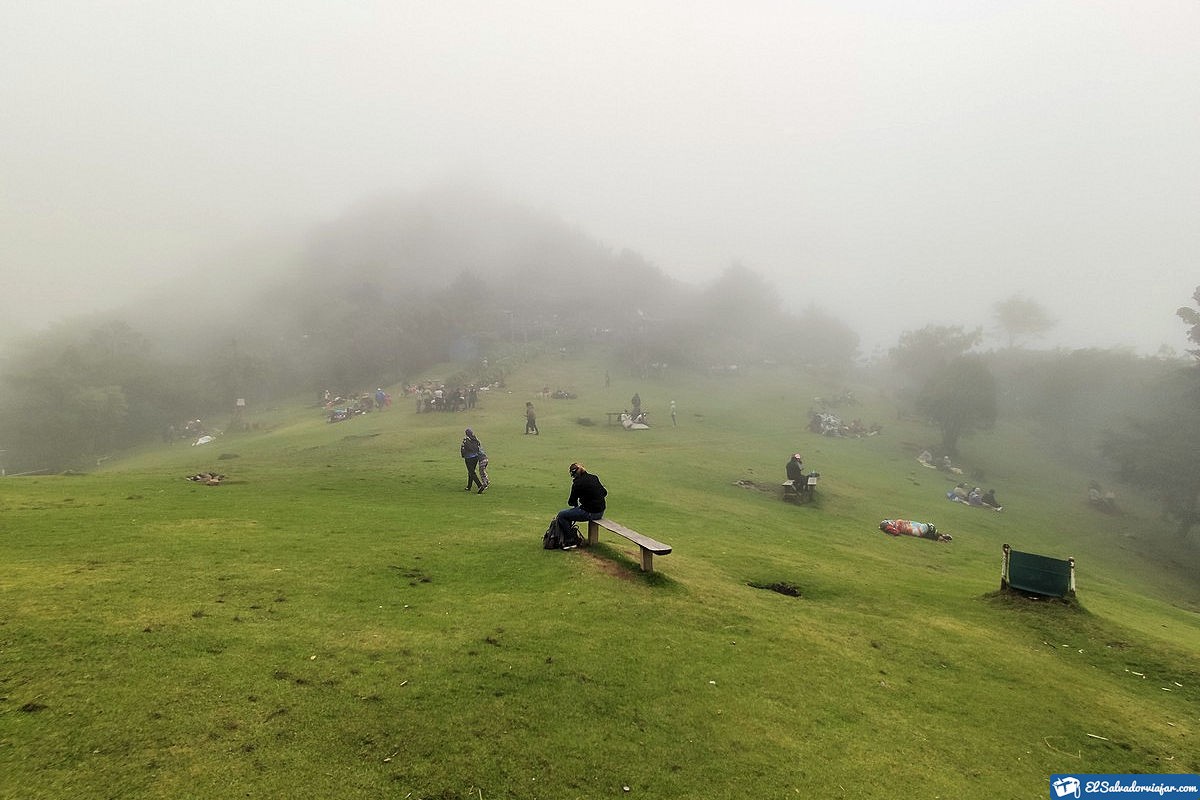
This tributary is fed by rivers such as La Palmita del Panal, Brea, and San Ignacio. If you deviate a little, you can pump your adrenaline by climbing El Pital Hill or El Peñon de Cayaguanca in San Ignacio. With heights of 2730 and 1621 m.a.s.l. respectively.
San Ignacio
San Ignacio is located at the highest peak of all El Salvador, the El Pital Hill, making it one of the leading destinations within the Ruta Fresca. In this municipality, getting lost in a world of sensations and emotions is very easy.
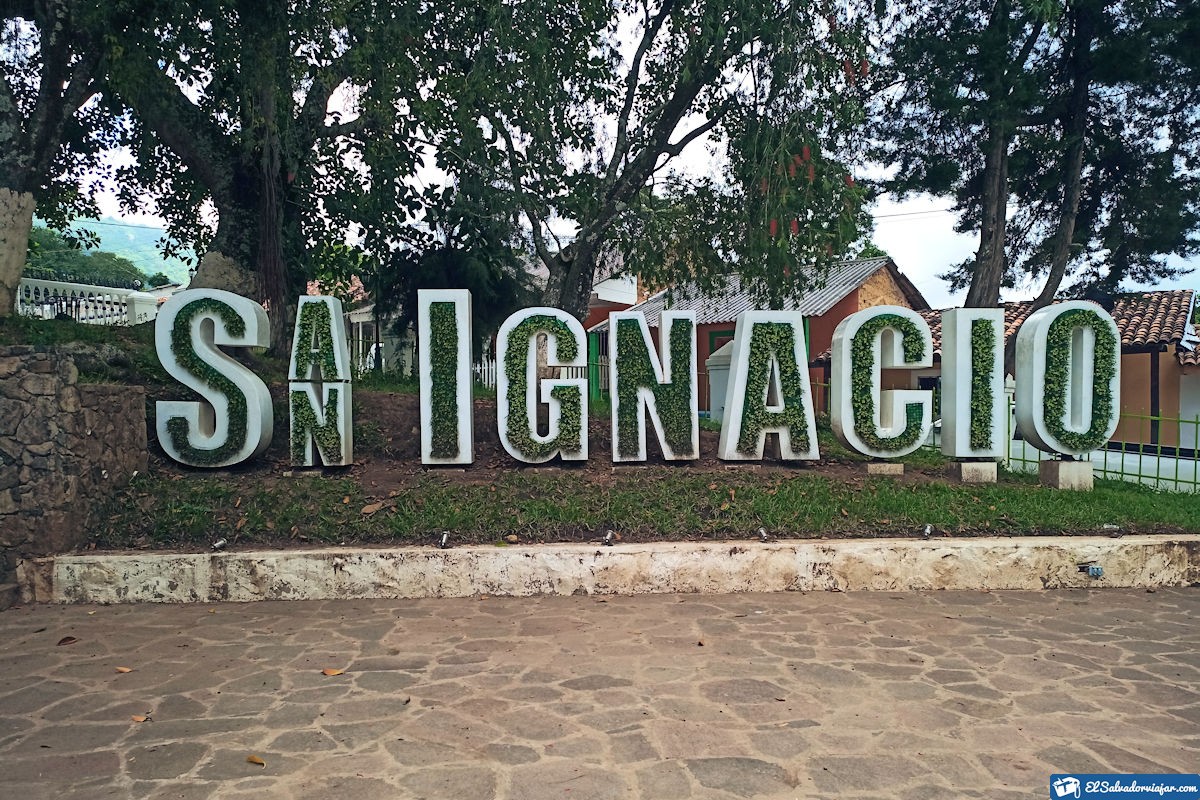
All these are thanks to its colonial aspect, streets like something out of a period movie, and climate. Looking at the horizon, you can find a chain of impressive mountains ideal for ecotourism.
On the other hand, the municipality is located 88 km from the Salvadoran capital and is named after its patron saint, San Ignacio de Loyola. For the locals, their patron saint festivities are significant, so they dedicate an entire week to commemorating their saint.
Among the most recommended activities in the area are hiking, ecological tours, canopy, and complete tours to El Pital, Miramundo, and Las Pilas. In the case of El Pital, there is an incredible view from where you can see the Santa Ana Volcano and the Agua de Guatemala Volcano.
It also has exclusive areas for climbing, camping, and mountain biking. In case of Cerro Miramundo, it has an incredible misty forest with a temperature no higher than 12°C. But if we talk about Las Pilas, it is a place where agrotourism is the order of the day.
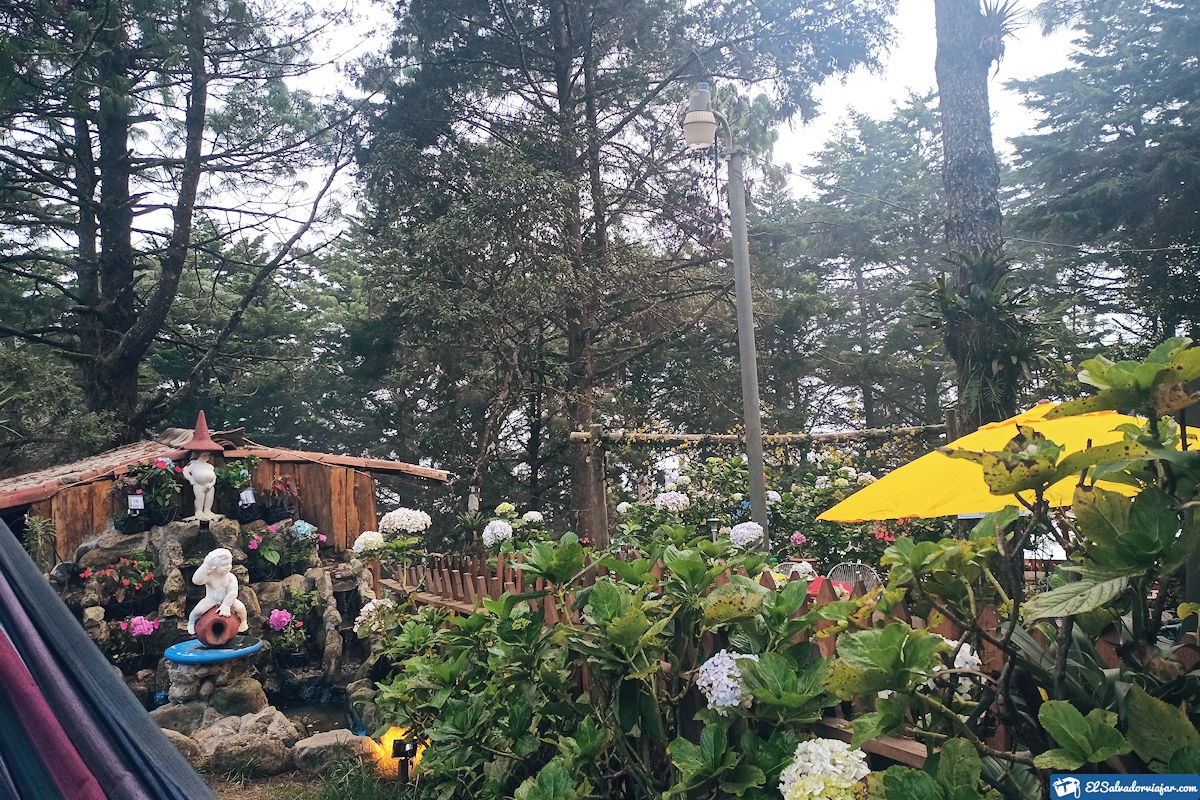
You will not fail to be fascinated by its diverse flora and fauna. For these areas, in particular, it is advisable to wear hiking shoes to avoid accidents. Its cold climate causes the humidity to condense and the trails to be slippery.
If you want to know other places in San Ignacio, you can take advantage of the Ruta Fresca to go through the Lempa or Sumpul River, and why not visit Piedra Rajada.
Citalá
Officially, the municipality of Citalá is the last point that makes up the Ruta Fresca of El Salvador. It is located only 95 km from the capital and 47 km from Honduras. This wonderful town has an extension of 79.36 km2, located 715 meters above sea level.
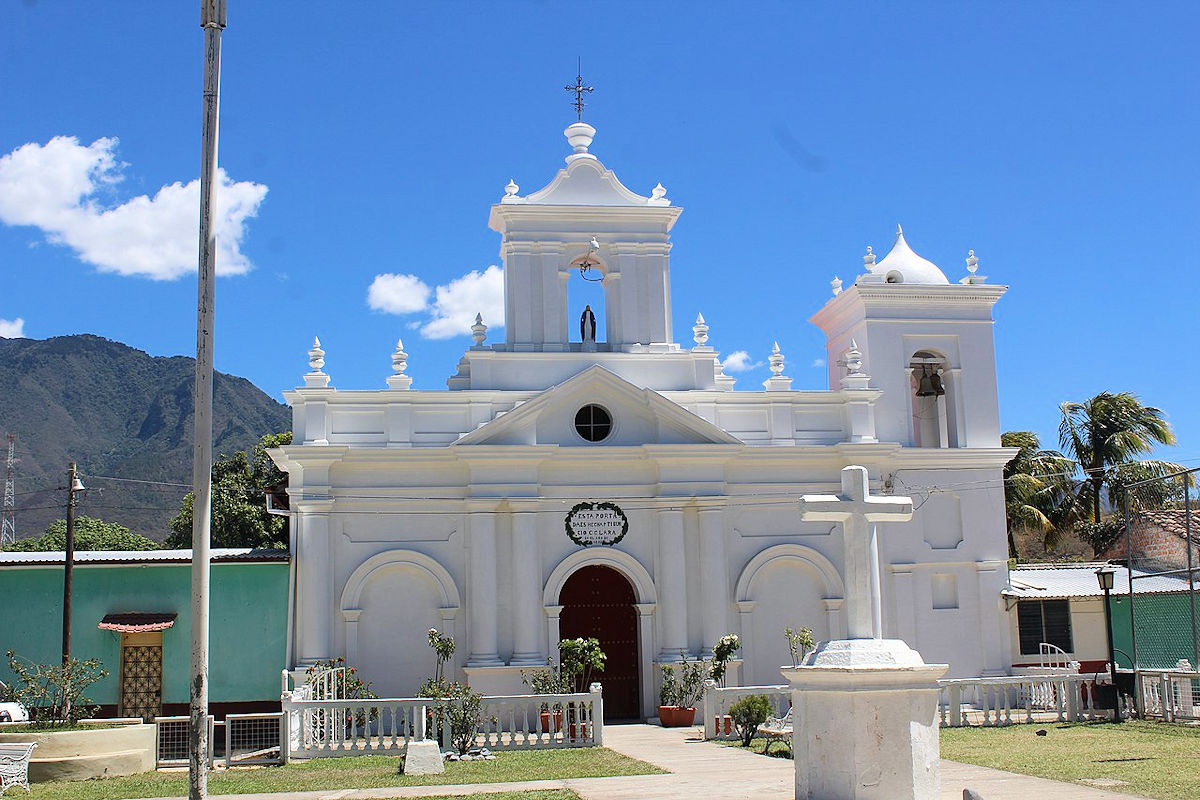
Its origins are pre-Columbian, so its name in Nahuatl is Rio de Estrellas (River of Stars). According to historical data, the Mayan fortress was where King Galel of Copan lived. It is also where the most significant indigenous resistance in the history of El Salvador took place.
On the other hand, this point of the Ruta Fresca is the perfect destination for lovers of adrenaline, ecotourism, and outdoor activities. To such an extent, you can not only make ecological hikes in the mountains, but you can also camp and enjoy the weather and spectacular sunrises.
You can also take a bicycle and practice mountain biking accompanied by a local guide. During this tour, you can enjoy an incredible landscape, learn more about the region’s culture and know all its biodiversity.
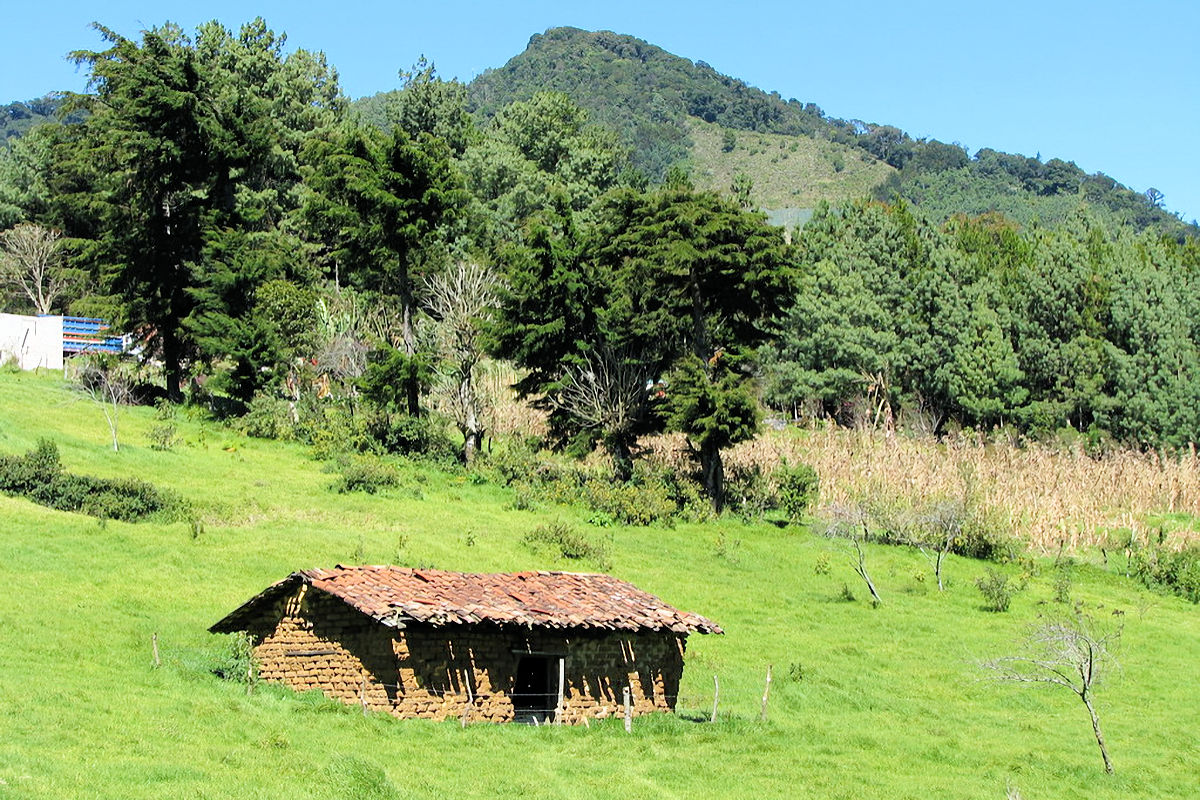
As if that were not enough, you will have the opportunity to visit its church, one of the oldest and most important in the country. We are talking about El Pilar Church, built in mid-1804, and can recognize the neoclassical style from the facade to the atrium.
In short, it is a relic of history where you can also see photographs and paintings from the colonial era. In addition, in its facilities are kept records dating from the eighteenth century and in which you can learn more about the people and their customs.
Another place to visit: La Reina
Although the municipality of La Reina is not an official part of the Ruta Fresca of El Salvador, more and more people include it in the tour. It is due to its incredible natural tourist attractions and historical wealth.
And if we are talking about history, it was named Talipán, from the Nahuatl word for “River of Fire.” After the 19th century, the town was founded as Valle de la Reina, now La Reina, in honor of a devoted emigrant woman and collaborator, María Reina.
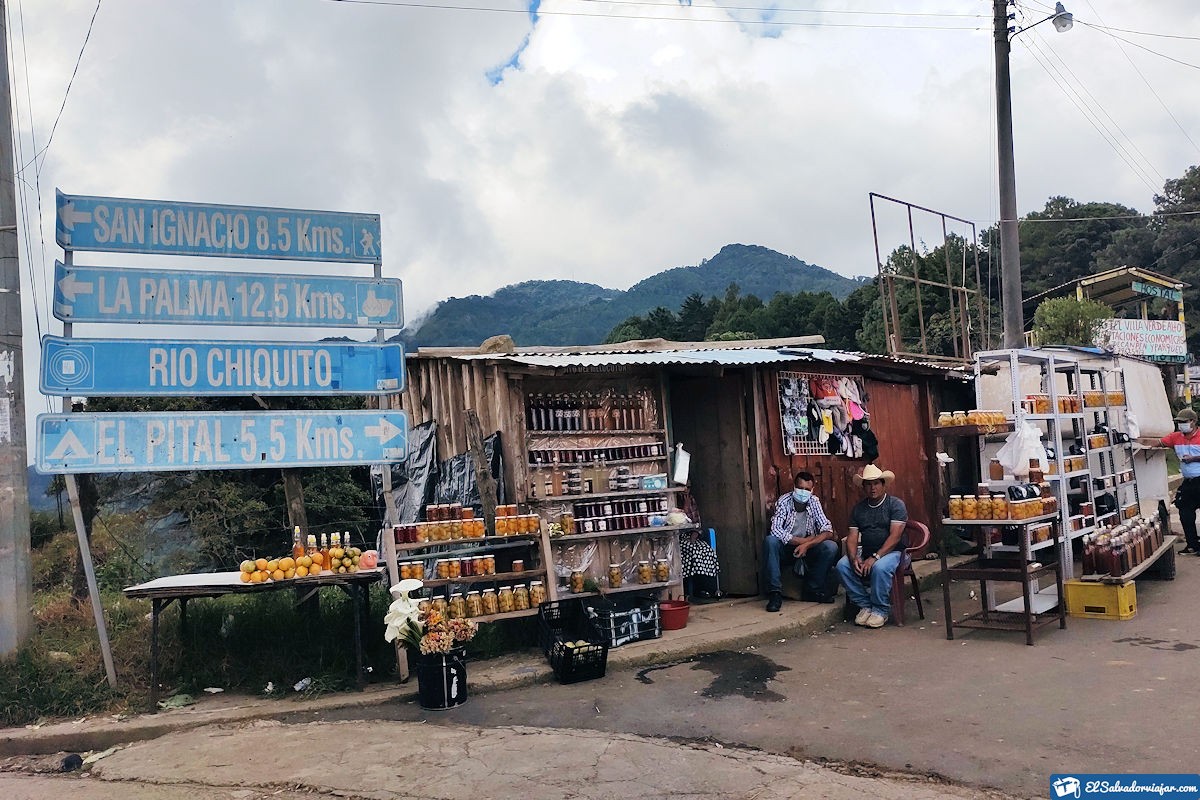
On the other hand, the town has an altitude of 410 m.a.s.l. and an extension of more than 133 km2. This area has natural areas of outstanding beauty, making it an ideal tourist destination for the whole family.
You can make a historical tour through its streets, agrotourism, and ecotourism. You can go horseback riding or biking; if that is not enough, visit the Talquezalapa River very close to the city. Or, swim in La Posa del Mundo and finish at Cerro Montone’s de Piedra.
Location and history
The Ruta Fresca of El Salvador is a tourist route through the Department of Chalatenango, right in the northernmost part, where the climate is beautiful. It was a whole part of the Artisan Paradise Route for years.
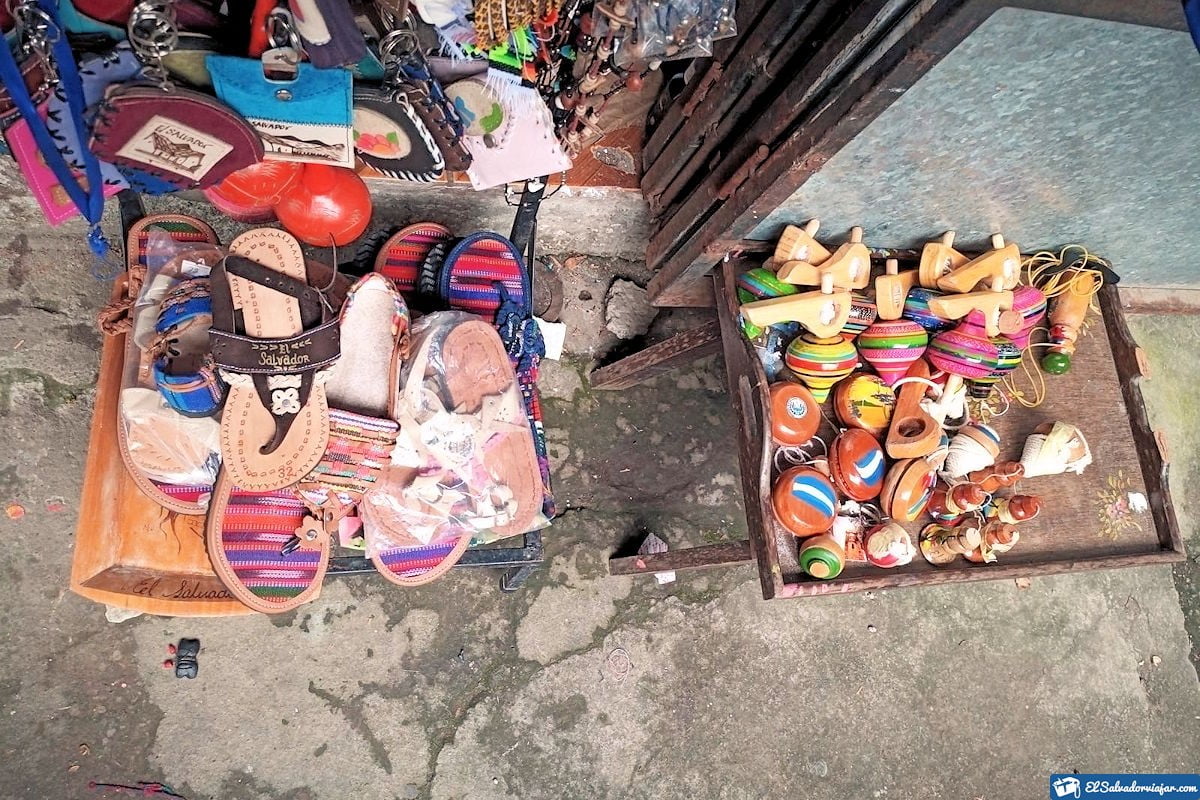
However, because its presence could have been more representative, it decided to create an alternative route that we now know as Ruta Fresca de El Salvador. Therefore, it was founded in mid-2011 as a tourist destination in Chalatenango.
From this moment on, the multiple activities in the Ruta Fresca have been emphasized. But the freshness that stands out in its climate essentially tends to be between 10 ° C and 18 ° C most of the year.
Depending on the time of year, it is common to find fog, which also makes it possible to grow flowers and fruits that require these temperatures for their production. This aspect has made it possible to promote agrotourism and ecotourism.
On the other hand, the Ruta Fresca allows each municipality to show itself to visitors differently. They were sharing the option of outdoor activities with its tourists and visiting their crops, buying fresh fruits and handicrafts, and camping in their forests if they wished.
In short, the Ruta Fresca is an ideal destination to enjoy with family, friends, and even alone. The climate and the peace that inspires the environment make every moment perfect.
Visiting tips
El Salvador’s Ruta Fresca is much shorter than others, but you can still have the best sightseeing adventure of your life. If you are worried about where to eat or stay, you should know that in the department of Chalatenango, there are more than 27 hotels. So your comfort is guaranteed.
If we talk about Salvadoran gastronomy, you can choose from 33 different restaurants where you will find the region’s most traditional dishes and El Salvador. Starting with the famous pupusas, the most important typical word of Chalatenango.
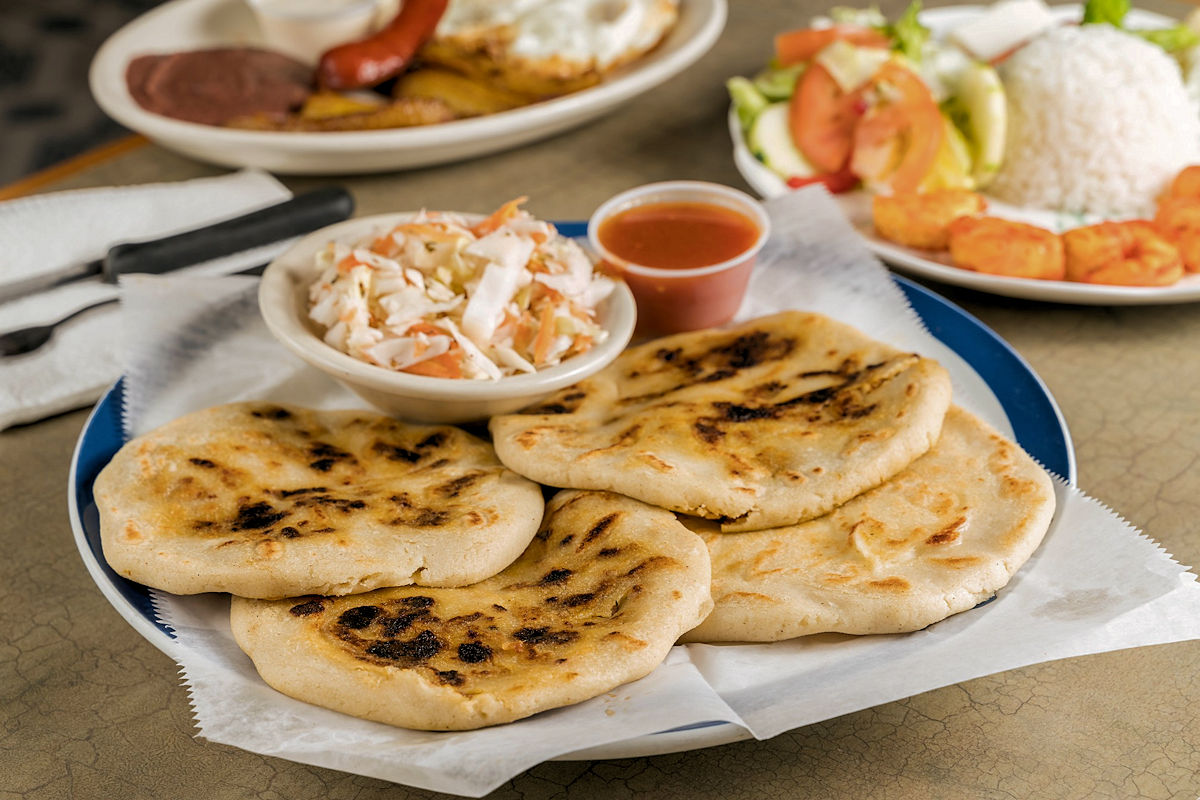
In the Ruta Fresca, you can eat them with a different touch, stuffed with cheese and beans or chicharrón; this is pupusas revueltas (scrambled pupusas). Next, we have the fried yucca, accompanied by curtido pepesca, served on tree leaves.
Another typical dish is chicken tamales, and this type is the most common. Generally, white corn dough is used with achiote, vegetables, and chicken. It is customary to give them to guests at parties of all kinds, including wakes.
We could also mention the enchilada pastries with beans, plantain empanadas, the exquisite yucca nuégados, and other traditional dishes you can’t miss.
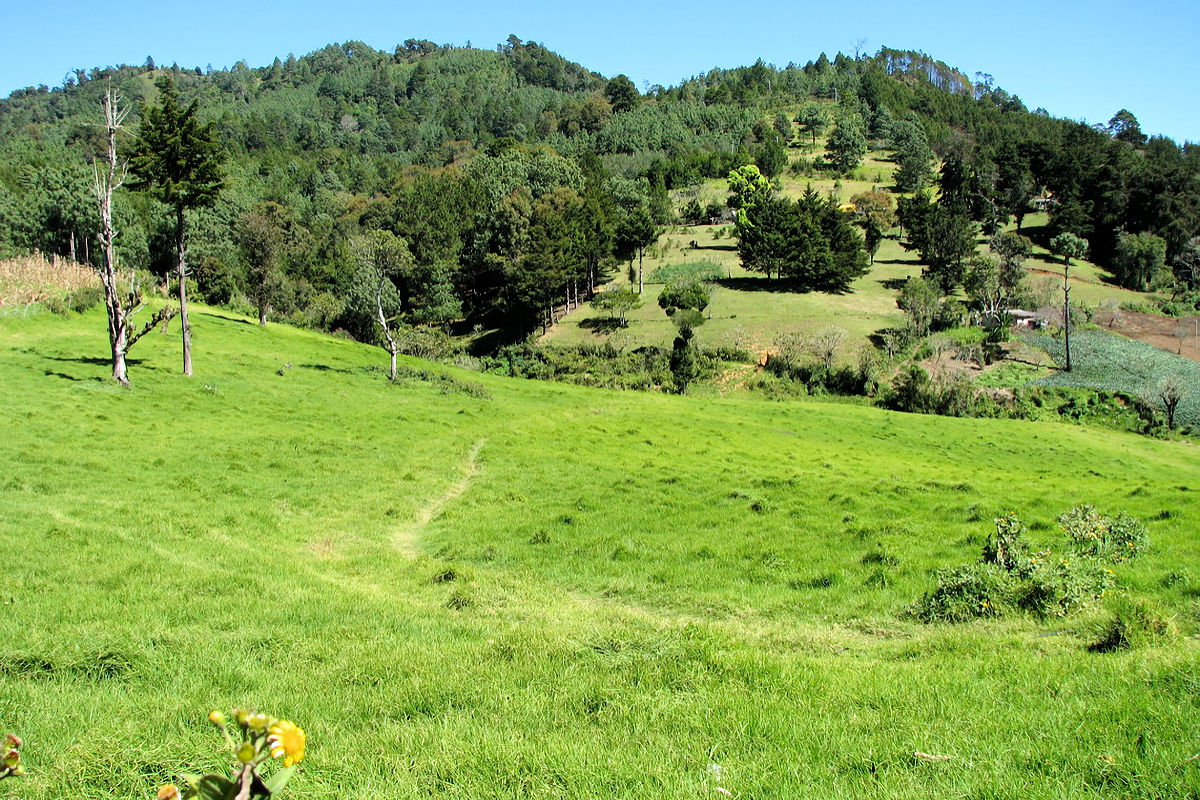
Before we finish, we would like to share some recommendations for your adventure through the Ruta Fresca. To help you have a pleasant tourist experience and notice every detail. Let’s see.
- The hotels in the mountain are trendy, so it will be necessary that you make reservations in advance. This way, you will avoid being left without a place and will not be able to do the activities you want.
- Remember the access routes you will take to move between the municipalities. If you need to know the area, get a map and mark the places you want to visit. Remember to use your GPS.
- Since a pleasant climate characterizes the Ruta Fresca, the temperature can drop significantly at night. So you should wear comfortable but also warm clothes, even more so if you plan to camp in the mountains.
- The hiking trails can be a bit complicated, so it is recommended that you hire a local guide, as they are the best suited to take you to the camping area.
- For camping you will need a tent, if you don’t have one, ask your guide where you can rent one.
- Take care of your budget and bring extra money to be more relaxed about unforeseen expenses.
- Do not go up the mountain in shorts or a T-shirt. The routes have a lot of vegetation that could hurt you.
- Although you can go up with sports shoes, it is best to wear hiking shoes. This way, you can avoid severe sprains in case there is a lot of humidity along the way.
- Use sunscreen and insect repellent. Remember your sunglasses and hat since the ascent begins with the sun at a high point in most cases.
- Bring snacks, plenty of water, non-perishable food, and garbage bags.
- Bring a camera so you can take amazing pictures of the scenery.
